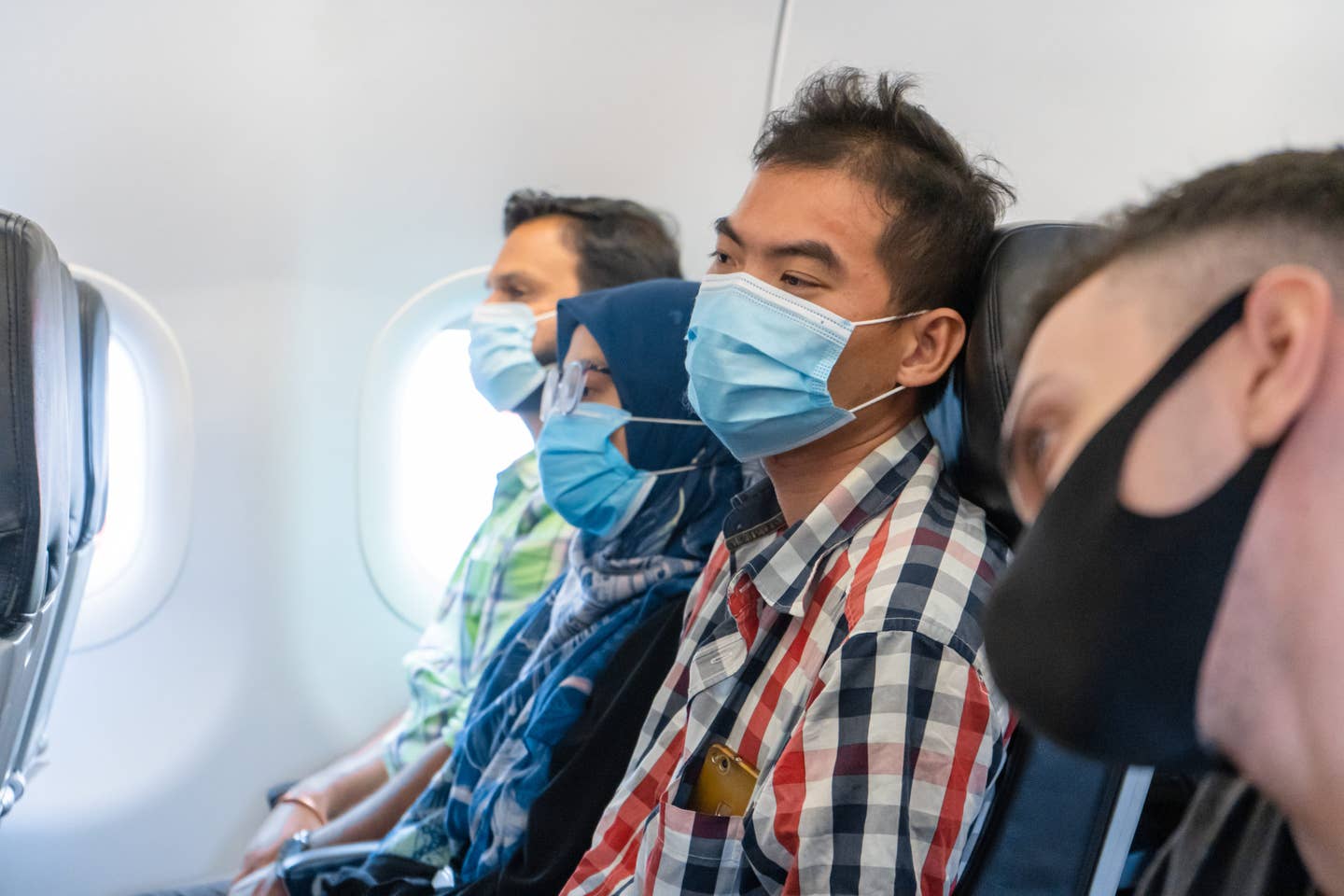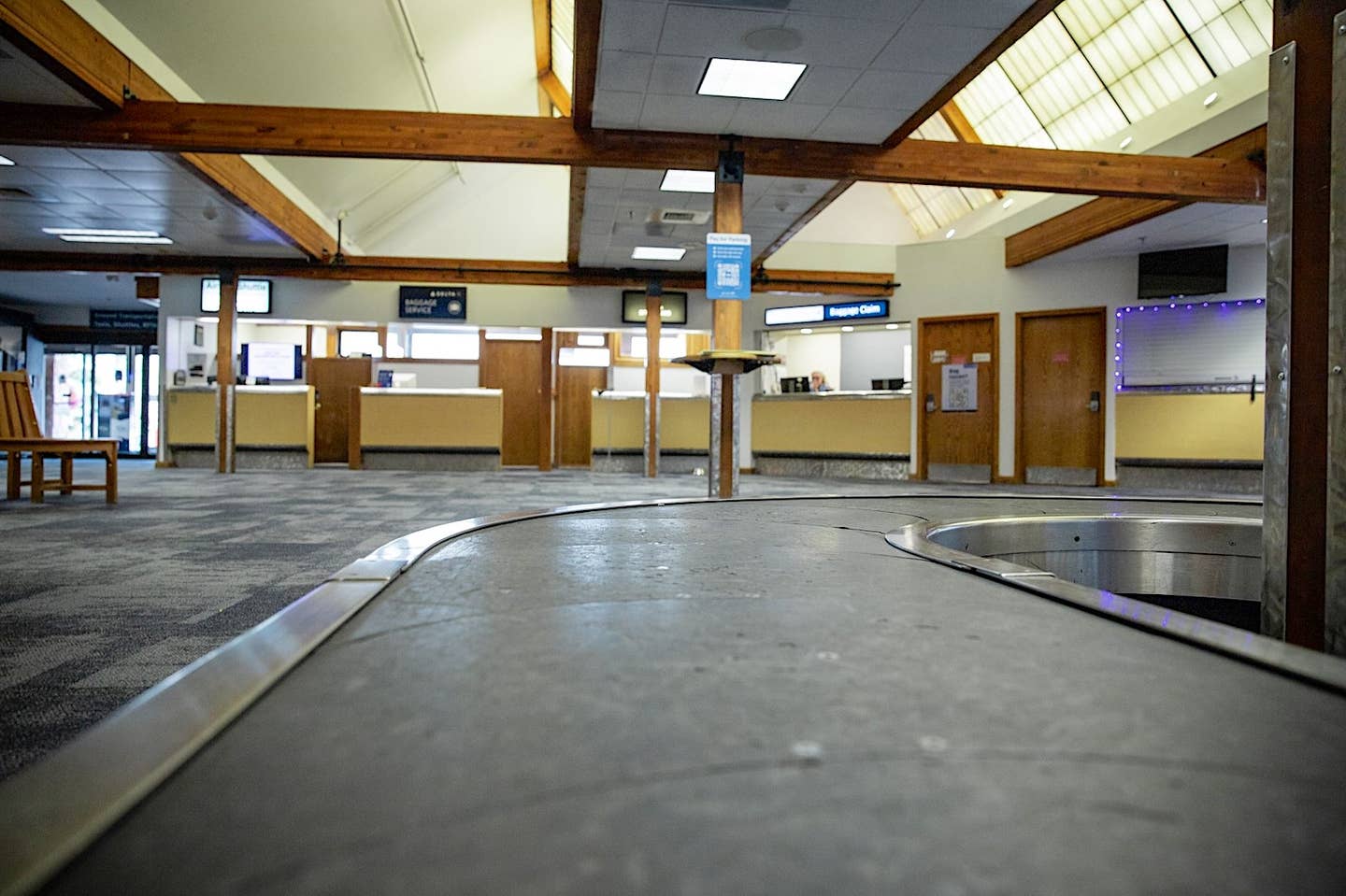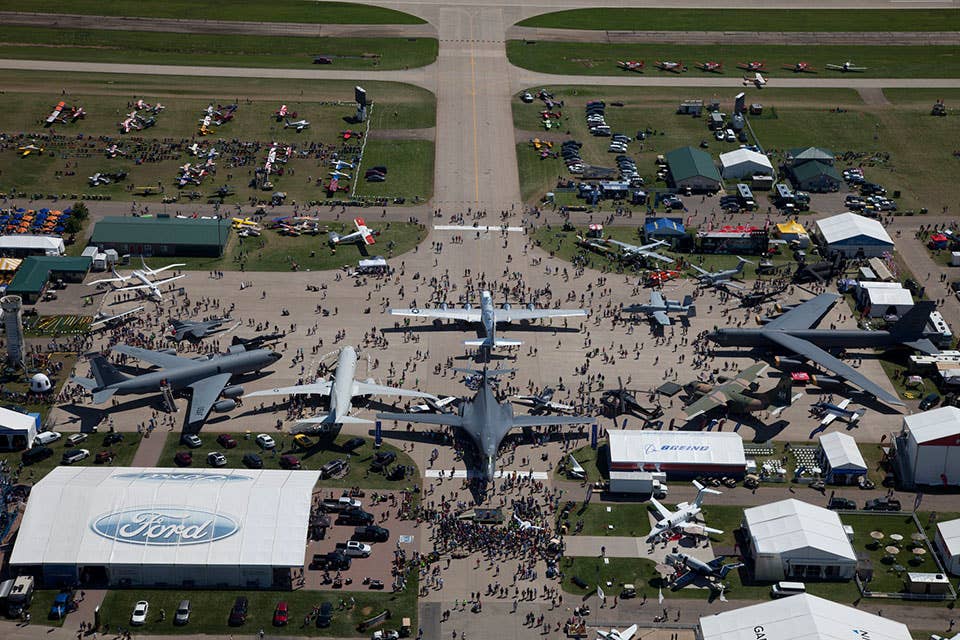Starting Today: CDC Requirement For Masks On Commercial Flights
The Centers for Disease Control and Prevention last week issued new mask requirements that go into effect at 11:59 p.m. on Feb. 1, 2021. The order, which requires all travelers…

Image: Shutterstock
The Centers for Disease Control and Prevention last week issued new mask requirements that go into effect at 11:59 p.m. on Feb. 1, 2021. The order, which requires all travelers to wear face masks, is largely similar to policies set by individual airports and airlines over the last few months, but includes some additional “guidance” on which masks are acceptable. Of the broad requirement, the CDC says that “operators must also require all persons onboard to wear masks when boarding, disembarking, and for the duration of travel. Operators of transportation hubs must require all persons to wear a mask when entering or on the premises of a transportation hub.”
The impacts for general aviation are not entirely clear. EAA says it is “closely monitoring the FAA's and TSA's implementation of [the] mask mandates to ensure that it does not inappropriately impact general aviation operations.” EAA’s concern is that while the description of “commercial aircraft” is likely to be interpreted as Part 121 and, possibly, Part 135 operators, it’s not clear that the rules do not apply to certain aspects of non-commercial flying. In particular, EAA warns that “the open-ended ‘airports’ requirement could spill over to general aviation facilities, even private areas such as hangars, if interpreted overzealously. EAA is working to ensure that the implementation of the order remains limited to public transportation facilities such as airline terminals, and does not create any unreasonable ‘one size fits all’ mandates that cover GA.”
The National Business Aviation Association says that "Private conveyances for personal, non-commercial use are exempt from the rule, meaning passengers of private Part 91 operations are not required to comply."
“This CDC order brings the force of a government mandate to business practices already in place around much of the country,” said Brian Koester, CAM, NBAA’s director of flight operations and regulations. “Aircraft operators and FBO managers should review the order with their personnel to ensure compliance. Having a formal mandate from the federal government should assist operators and FBOs in ensuring compliance with appropriate mask practices.”
According to the CDC, “A properly worn mask completely covers the nose and mouth,” and should be “a solid piece of material without slits, exhalation valves, or punctures.” Moreover, the CDC specifically calls out “face shields or goggles” as not complying with the requirements but they may be used in conjunction with a mask. Neither do shirts or sweater collars, masks “made from loosely woven fabric or that are knitted,” or masks that contain “slits, exhalation valves, or punctures” comply with the requirements.






